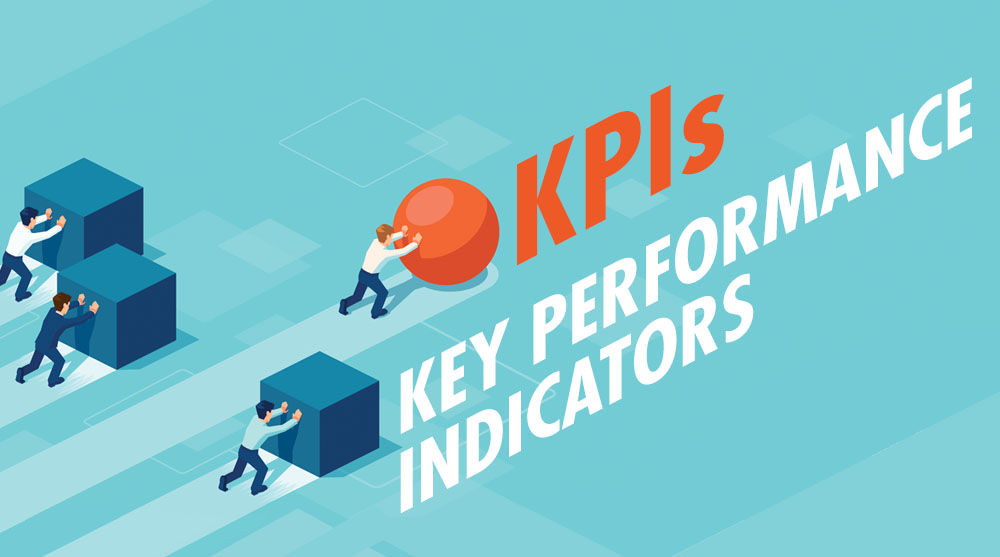You don’t want to get bogged down in too many. Here are some that you should pay attention to.
You have built your business plan and your financial projections; so how do you measure your progress; what indicators do you use to make sure that you are on track during the year?
Key Performance Indicators, or KPIs, measure your progress against your goals, and your relative standing in your industry.
There are over a hundred KPIs; the important part is to define 5-7 that are meaningful for your company; tracking too many indicators can be distracting and create information overload.
Find those you can use that create a clear, concise snapshot of the most important measures of your business’ performance.
Financial KPIs
In this article we are going to highlight a few key Financial KPIs as financial indicators tend to be the most universal measurements that can be tracked.
Revenue Growth: Revenue (current period) / Revenue (same period prior year). Tracking sales growth against the sales from the previous year is a quick method to gauge change between periods; and while it is a good top line measurement, it is also important to know the cost of the increased sales. This leads us to:
Net Profit: Revenue – Total Expenses. Again, a straight-forward measure, and an important one. Increasing revenue should lead to increased profits. If not, what expenses need to be controlled better?
Net Profit Margin Percentage: Net Profit / Revenue. This KPI is allows you to compare your profitability to others in your industry. Are you earning a higher net profit percentage than your competitors? If not, where can you improve on your expenses to increase net profits? If yes, how do you continue to keep that advantage?
Gross Profit Margin: Cost of Goods Sold / Revenue. Gross profit margin and gross profit margin percentage measure profitability before accounting for selling and administrative expenses. It is an indicator of the business’ ability to pay for operating expenses and fund growth.
Quick Ratio: Also known as the Acid Test, this ratio measures a business’ ability to pay its current bills. The formula is simple:
(Cash + Accounts Receivable + Short Term Investments) / Current Liabilities.
Days Sales Outstanding: Accounts Receivable / Average Days Sales. Days Sales Outstanding (DSO) is a quick way to track how fast your customers are paying; tracked on a weekly or monthly basis, DSO can help with cash flow planning and also let you know when to focus on collections.
Net Cash Flow: Total Cash Inflows – Total Cash Outflows. Are you cash positive or negative? Being negative cash flow for a month or two may only be a timing issue that will correct in future months. Growth companies often run negative cash flow as the expenses to build that growth usually come due before the income is collected. But consistent negative cash flow indicates a need to either raise cash through debt or new capital investment.
Inventory Turnover: Sales / Inventory or Cost of Goods Sold / Average Inventory. For Manufacturing and Retail companies, determining correct inventory levels and stocking to avoid shortages or excess inventory is important in a growing business. For a manufacturing business inventory turn generally is between 6-10 times per year, depending on lead time for restocking. Retail inventory turnover may be much higher especially in companies where resupply is dependable and fast.
Budget Variance: Tracking actual results to budget on a monthly or quarterly basis allows you to evaluate your company’s performance. Key areas to review include gross sales, labor costs, and material costs, and in looking at these areas, understanding why is often more important that the variance amount. There can be many reasons for variances, but the main categories are:
- inaccurate budgeting/assumptions – a revised budget might be necessary if the error is material.
- changes in the market, including increased competition.
- changes in supplier costs
- operational efficiency – labor costs are high (often due to excessive or poorly managed overtime).
One last note: many companies focus on the negative variances, but positive variances, especially in sales, may represent new opportunities that can be exploited for additional growth.

